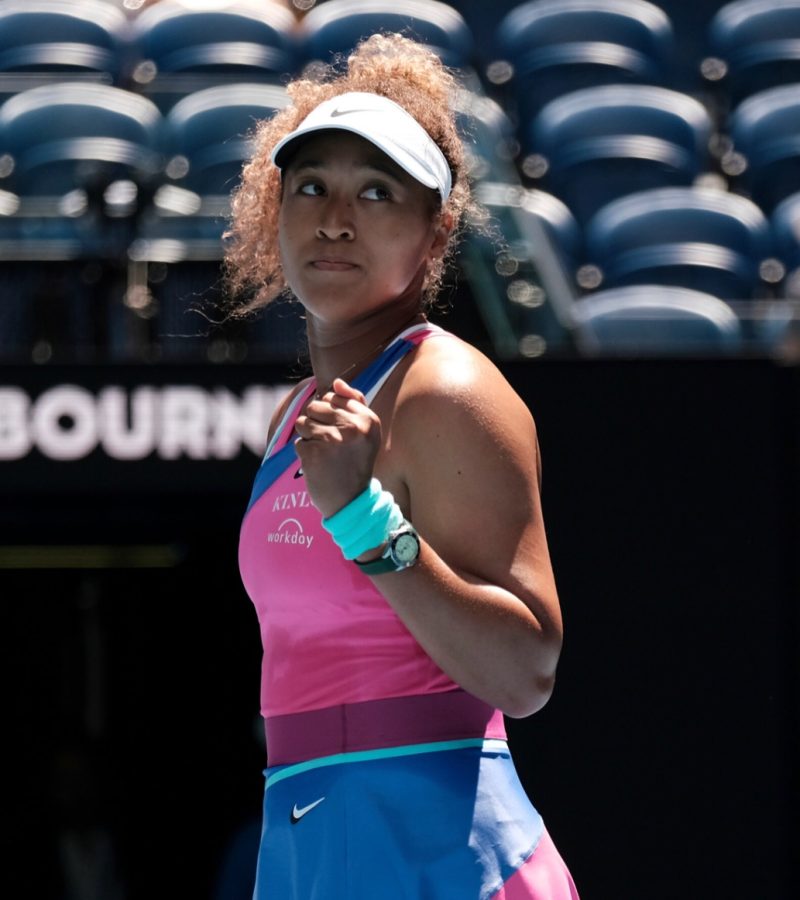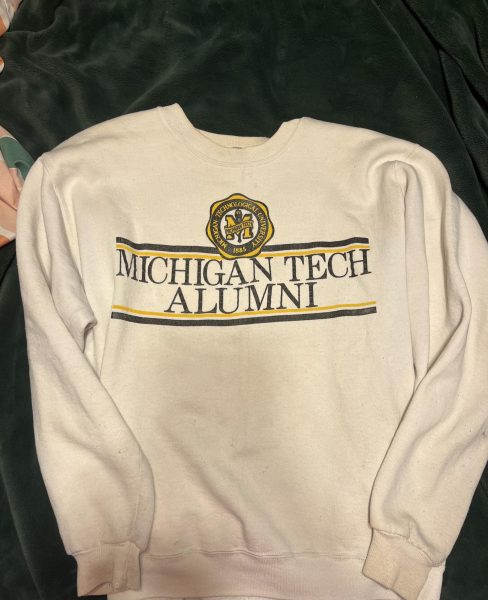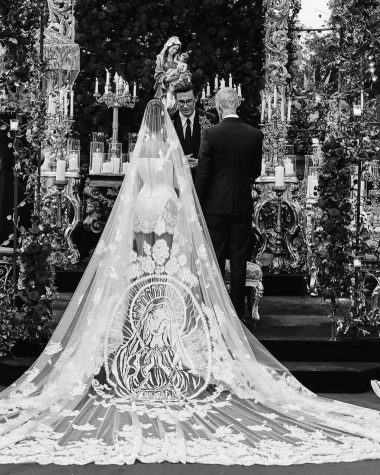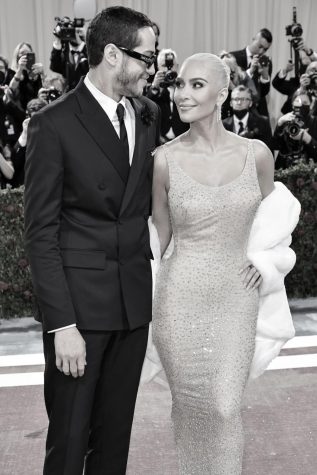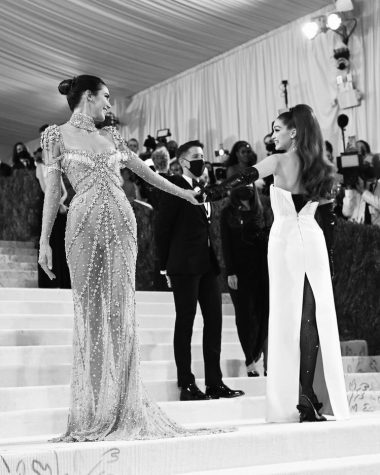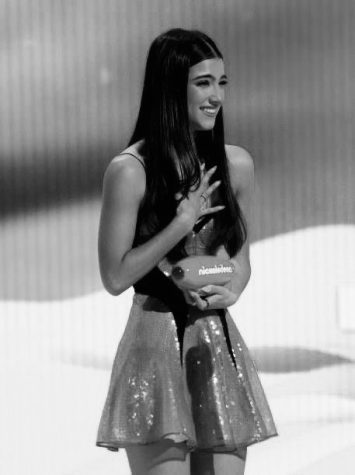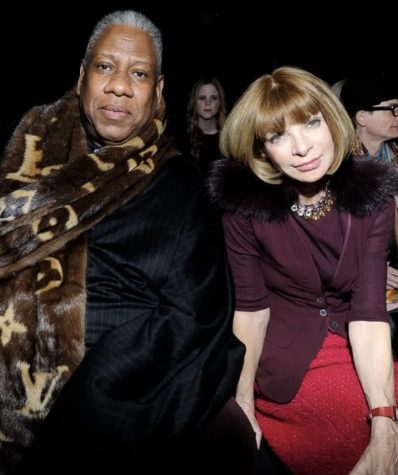Brands might finally award female athletes deals based on performance—not appearance

More stories from Coco Corey
A photograph of professional tennis player Naomi Osaka.
It all started with Louisville Sluggers baseball bats. The first athlete to make himself a brand was Honus Wagner, who, in 1905, signed a deal that allowed his signature on baseball bats; and after Wagner came Chuck Taylor in 1921. Taylor was Converse’s first player-endorser, and he became the name behind basketball’s first sneaker, the “Chuck Taylors’” (Crawford, 2016). In the 1980s, big deals became even bigger when NBA player Michael Jordan made a deal with Nike.
“Michael Jordan…kicked open the door for big-time endorsements across all sports… But in 2014, eleven years after retirement, Jordan earned $100 million from Nike” (Crawford, 2016). Since then, we’ve seen Steph Curry and his $42-million-dollar Under Armour deal, Roger Federer with his $300-million-dollar Uniqlo, and Cristiano Ronaldo and LeBron James both with 1-billion-dollar Nike deals—to name only a few. Everyone knows athletes make the big bucks off the court and field by signing brand deals, yet rarely do we see female athletes coming close to these numbers reached by male athletes.
Men have always been awarded the most profitable deals based on performance, but unfortunately, this isn’t the case for women.
Finally, in 2021, a woman made it onto the list of top 50 highest-paid athletes: Naomi Osaka. Forbes stated, “…she was seen as having a coolness factor and a global appeal even before she became a fierce advocate for social justice issues, traits that helped turn her into a sports marketing icon” (Knight, n.d.). Osaka’s major endorsers include brands like Louis Vuitton, TAG Heuer, and Nike.
On Forbes’ 2021 athletes list, Osaka landed at number 12 and Serena Williams at number 28; the third highest-paid woman on this list was Venus Williams (Knight, n.d.-b). While still vastly trailing the men, at least this may point to an exciting change in the culture of marketing women in sports.
In 2015, the London School of Marketing (L.S.M.) published a list of the most marketable sports stars, which included only two women in its top 20: Maria Sharapova and Serena Williams. They were ranked 12th and 20th amongst all males.
The New York Times Magazine wrote, “Despite decisively trailing Serena on the tennis court…Sharapova has a financial advantage off the court. This month Forbes listed her as the highest-paid female athlete, worth more than $29 million to Serena’s $24 million” (Rankine, 2015).
Former female tennis star, Chris Evert commented on the list back in 2015, saying: “I think the corporate world still loves the good-looking blond girls. . .” When Evert was asked that same year about what she thought of Eugenie Bouchard, the tall, blond Canadian who had yet to really distinguish herself in the sport but still was named the world’s most marketable athlete by the British magazine SportsPro, she said with a laugh, “Well, there you have it” (Rankine, 2015).
The marketing industry has a history of not necessarily rewarding the best female athletes with the best brand deals. In the world of marketing and advertising, there are arguably more women than men, yet these are the decision-makers creating ads to appeal to young consumers, and they have chosen a feminine, but not too “girly,” ideal to present as the ideal female athlete.
“Consequences of nonconformity to hegemonic femininity in sport often include sexist and heterosexist discrimination. This leads many sportswomen to emphasize feminine characteristics to avoid prejudice and discrimination. However, females perceived as too feminine are then sexualized and trivialized, leaving women to carefully balance athleticism with hegemonic femininity” (Krane, 2001).
Men have always been awarded the most profitable deals based on performance, but unfortunately, this isn’t the case for women. The time has come.

Coco Corey is a senior entering her second year writing for The Central Trend. Coco plays on the tennis team, and she is also one of the four student section...





















































































